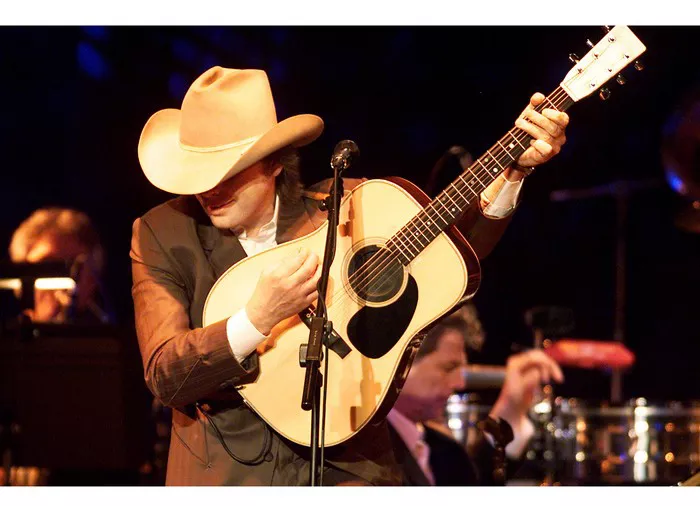The Super Bowl, an annual spectacle of athleticism and entertainment, has always been more than just a football game. It’s a cultural phenomenon that transcends sports, bringing together people from all walks of life. While the focus is primarily on football, the halftime show has evolved into a musical extravaganza that celebrates diversity in music genres. In recent years, country music has made a significant impact on the Super Bowl’s halftime stage. In this article, we’ll delve into the history of country music at the Super Bowl, highlighting the notable country music artists who have graced this grand event.
The Evolution of Super Bowl Halftime Shows
The Super Bowl halftime show has come a long way since its inception in 1967. Initially, it featured marching bands and drill teams, providing a brief intermission during the game. However, as the popularity of the Super Bowl grew, so did the ambition of its halftime shows. It wasn’t until the 1990s that the halftime show began to feature big-name musical acts.
Country Music Takes Center Stage
Country music began to carve out its place in the Super Bowl halftime show in the early 2000s. The 2003 Super Bowl XXXVII, held in San Diego, was a watershed moment for country music fans. Shania Twain, one of the genre’s biggest stars, delivered a captivating performance that showcased the genre’s crossover appeal. Twain’s high-energy set left an indelible mark and paved the way for future country music artists to grace the Super Bowl stage.
Tim McGraw and Faith Hill: A Dynamic Duo
In 2006, the Super Bowl XL in Detroit welcomed country power couple Tim McGraw and Faith Hill. This marked another significant moment in the convergence of country music and the Super Bowl. McGraw and Hill’s performance was a testament to the genre’s ability to captivate a massive, diverse audience. Their duet “Like We Never Loved At All” resonated with viewers, proving that country music could bring a touch of heartfelt emotion to the Super Bowl’s grand spectacle.
The Emergence of Carrie Underwood
The mid-2000s also witnessed the emergence of a new country sensation: Carrie Underwood. Known for her powerful vocals and charismatic stage presence, Underwood was a natural choice for the Super Bowl stage. In 2010, she delivered a memorable performance at Super Bowl XLIV, held in Miami. Underwood’s rendition of the national anthem set a high bar for future country music artists, demonstrating the genre’s versatility and ability to pay homage to American traditions.
A Diverse Lineup in 2017
Super Bowl LI, held in Houston in 2017, featured one of the most diverse halftime lineups to date. While the headliner was Lady Gaga, a pop icon, country music had its moment in the spotlight as well. Luke Bryan, a chart-topping country artist, had the honor of performing the national anthem. This moment showcased the genre’s enduring presence and the Super Bowl’s commitment to celebrating various musical styles.
The Breakthrough of Lil Nas X
In 2020, the Super Bowl LIV took place in Miami, Florida, and featured a surprising but welcome crossover moment. Lil Nas X, known for his groundbreaking fusion of country and hip-hop in “Old Town Road,” performed a snippet of the hit song during the pre-game show. While it was a brief appearance, it demonstrated the genre-blurring nature of contemporary country music and its ability to connect with diverse audiences.
2021: The Year of Country and The Weeknd
The Super Bowl LV, held in Tampa, Florida, brought country music back to the center stage. The Weeknd headlined the halftime show, delivering a mesmerizing performance that featured a mix of his chart-toppers. However, the inclusion of “Blinding Lights” by country legend Dolly Parton in a commercial during the game highlighted the genre’s continued relevance at the Super Bowl. Parton’s iconic song, albeit in a different context, demonstrated how country music still resonates with a wide range of viewers.
The Super Bowl’s Ongoing Love Affair with Country Music
As we look to the future, it’s evident that country music will continue to be a part of the Super Bowl’s entertainment lineup. Its ability to connect with fans of all ages and backgrounds makes it a valuable addition to the diverse musical tapestry of this iconic event. Whether it’s a high-energy performance by a contemporary star or a timeless classic by a country legend, the genre’s presence at the Super Bowl adds depth and richness to the overall experience.
Conclusion: A Note on Country Music’s Lasting Impact
Country music’s journey to the Super Bowl halftime show has been a remarkable one. From its early days as a genre largely absent from the grand stage to its current status as a cherished part of the Super Bowl tradition, country music has proven its enduring appeal and ability to unite people through song. As we anticipate future Super Bowl halftime shows, one thing is clear: country music will continue to play a significant role, ensuring that the heart and soul of America’s musical heritage remain an integral part of this iconic event.
In conclusion, the Super Bowl has evolved over the years to become not only a sporting event but also a celebration of music and entertainment. Country music has found its place on the Super Bowl stage, captivating audiences with its diverse talent and timeless appeal. Whether it’s the powerhouse vocals of Shania Twain, the emotional depth of Tim McGraw and Faith Hill, the rise of Carrie Underwood, or the genre-blurring sound of Lil Nas X, country music continues to make its mark on this grand stage. With each passing year, the Super Bowl reaffirms its commitment to celebrating the diversity of music, and country music is an essential part of that harmonious tradition.

